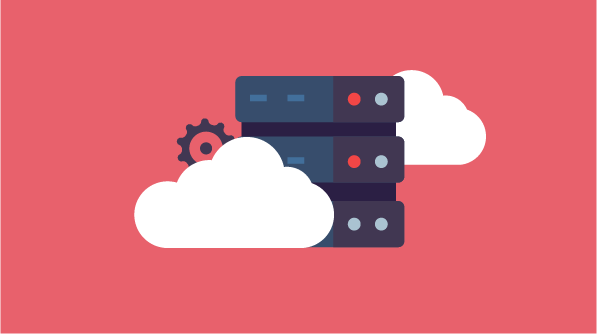In November, Syncfusion’s Aaron Melamed led participants through the webinar “Maximizing Flexibility with Azure and Syncfusion’s Dashboard and Big Data Platforms.” This blog post is a walk-through of part of the webinar showing viewers how to set up the Dashboard Server for the first time.
When you first deploy the Syncfusion Dashboard Server, the server itself is not running; although, the virtual machine is. In order to get the Dashboard Server to run, you simply need to double-click the Start Syncfusion Dashboard Server link that is already included on the desktop.
Start Syncfusion Dashboard Server link
Once it spins up, you’ll see that it brings up your default internet browser. And once that comes up, we’ll then be able to go through the first-time setup process for the Dashboard Server. We will not use recommended settings when the browser pop-up asks us.
The first thing the Dashboard Server asks of us is to select or create a database for the Dashboard Server. The dashboard server includes features such as user management; it allows you to store dashboards; it allows you to save data sources for those dashboards; you’ll have configuration settings; and so on.
You’ll need a database in order to have the Dashboard Server function correctly. You have a couple of options. You can connect to an existing SQL Server database. If you choose SQL Server, for example, you can create a new database altogether or choose an existing one, and then you can choose your prefixes for the tables that will be created later on. The same thing applies to Oracle, MySQL, and PostgreSQL. We have support for all of these out of the box. And again, you can use an existing database or create a new database on your current database server.
For the purposes of this demo, we’ll use the default setting, the Embedded SQL CE, as this will also provide us with sample data that we can look at. Click Proceed.
The Dashboard server will automatically install sample dashboards, sample data sources, as well as sample widgets. Now, the next step will ask us to choose our storage system for the dashboard files. Stick with standard file storage (but Syncfusion does also support Azure blob storage). Then click Proceed.
Finally, it’s asking you to create a default administrator user for the Dashboard Server.
The first field, the username field, does support spaces. When you click Proceed at this step, it will go through and create all the database tables that are necessary. In our case, because we chose the sample database, it will also populate it with the sample dashboards and data sources and so on.
When the configuration is complete, we’ll enter our username and password and click Login.
As you can see on the right side of the previous screenshot, we do also support Windows Authentication, as well as Azure Active Directory, so you can set up multiple login providers.
Now, whenever you download or set up the Syncfusion Dashboard Server on Azure, there are other components to the Dashboard Platform that you can access, such as the Syncfusion Dashboard Designer, that are not part of the Azure deployment by default. We’ll talk about that in another post.
This is a complete dashboard solution, essentially ready to go out of the box. So there’s really nothing else you need to do in order to make this a usable or workable product.
With a click, we can easily deploy the dashboard of our choice now. And once you’ve deployed it, you have a complete dashboard server solution that’s ready to be used in production, essentially.
The only thing you might want to do to make it production-ready is to, for example, remove or change the Syncfusion branding. That, too, will be discussed in a future post.
Stay tuned to the Syncfusion blog and social media for more helpful takeaways from this and other webinars. To view the recorded webinar for this post, go to our YouTube page, or watch it here:
To read the extended Q&A portion of the webinar, visit our blog.
For a more thorough look into the processes described in this blog, read our documentation page. For more information about how Syncfusion works with Azure, download our white paper “Achieve Agile Analytics at Scale with Syncfusion and Azure.”



